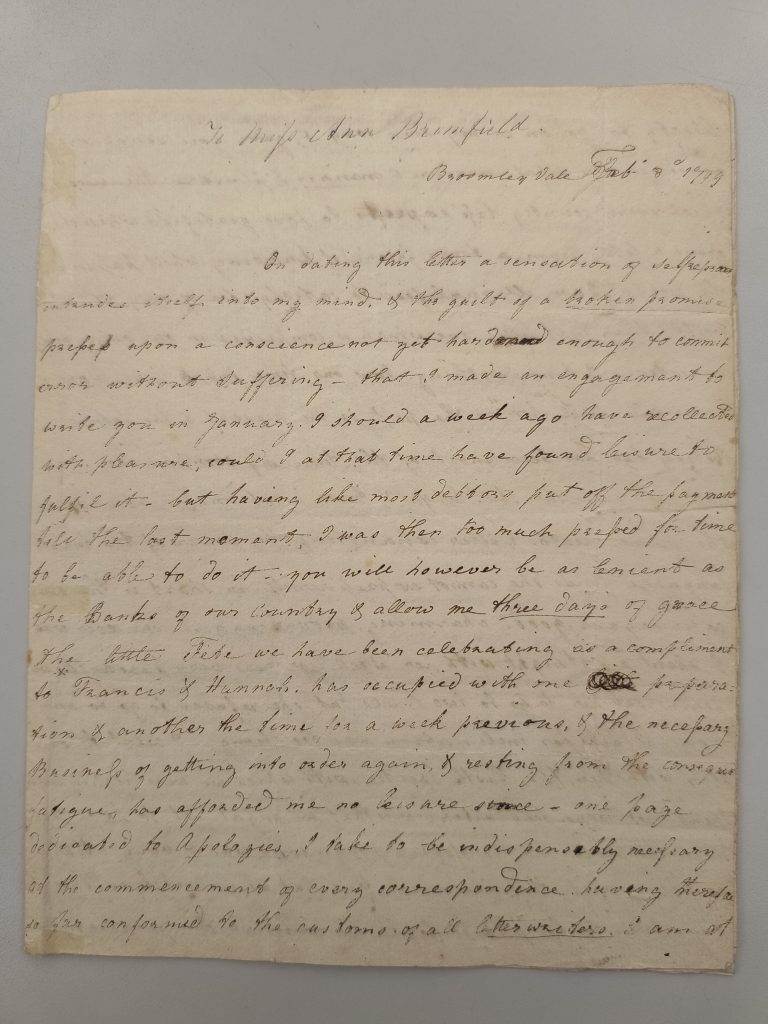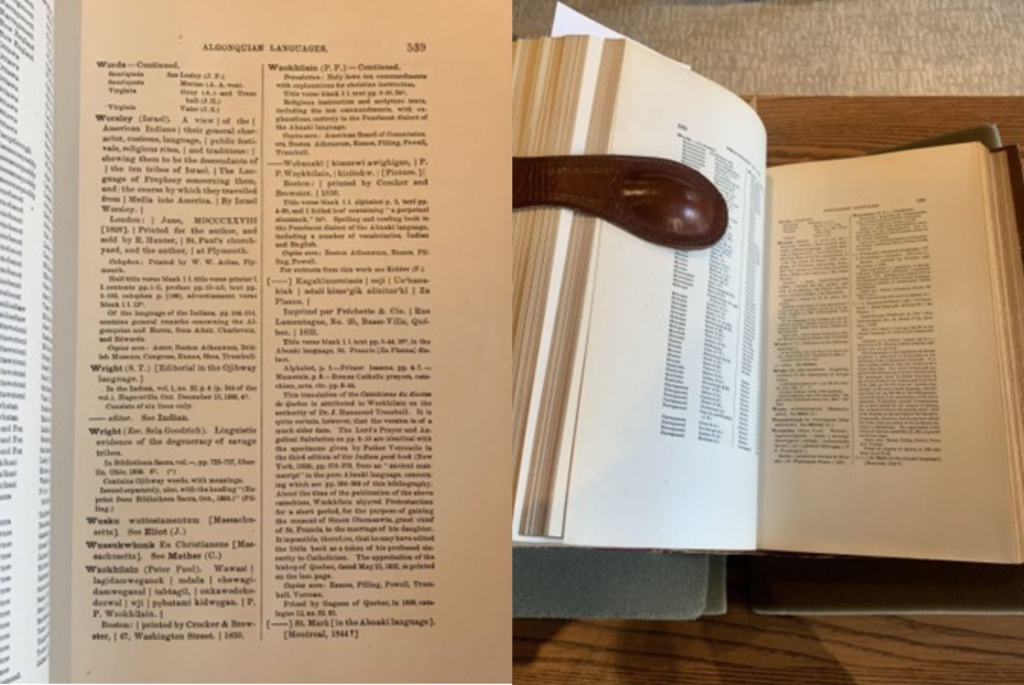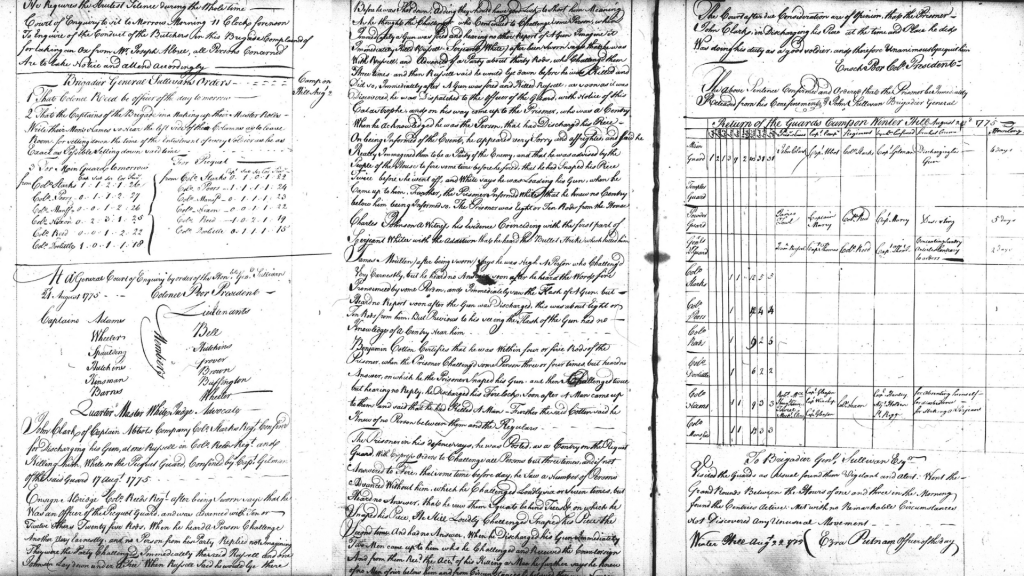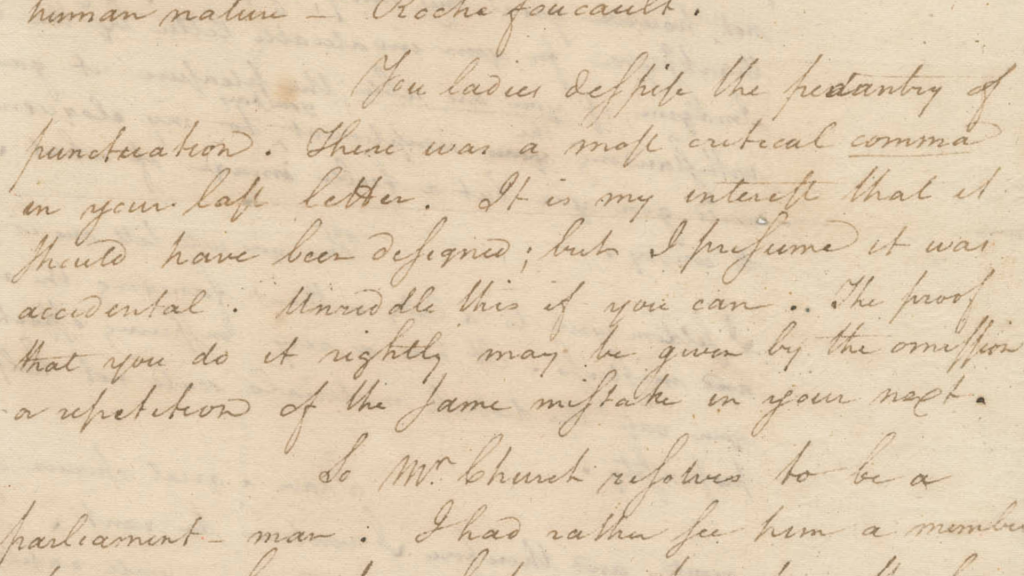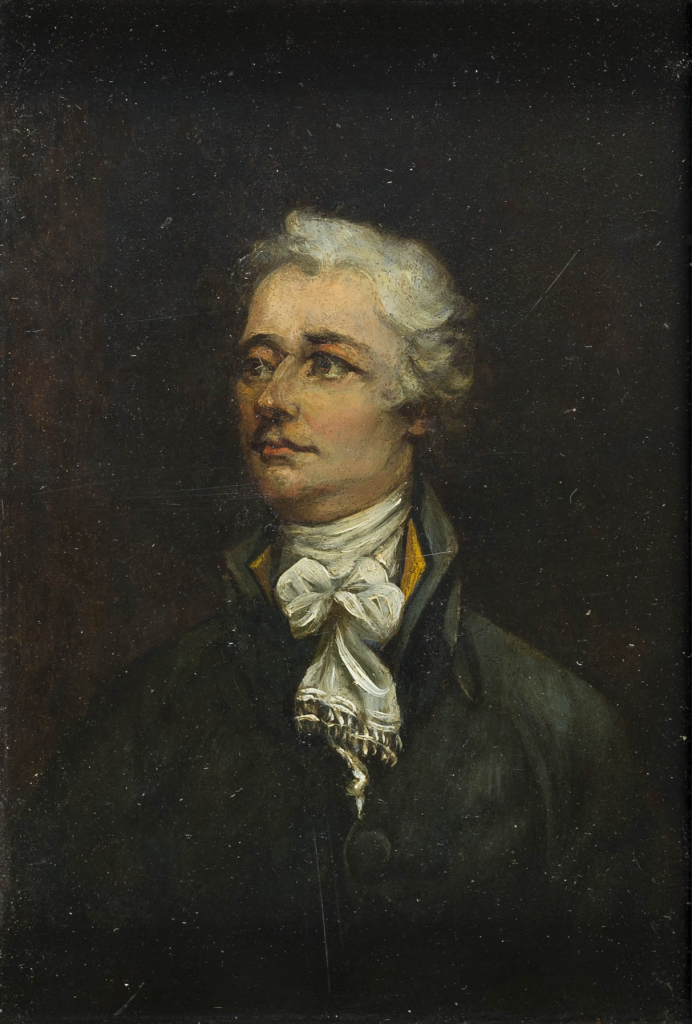by Hannah Elder, Associate Reference Librarian for Rights & Reproductions
Long time readers of the blog may recall a series of posts that ran from 2015 to 2019, transcribing a line-a-day diary from exactly one century before. This series was run by Anna Clutterbuck-Cook, who at the time of her passing in 2023 was the Senior Reference Librarian here at the MHS. Anna was mid-way through that series when I started at the MHS and it quickly became one of my favorite features on the blog. In memory of Anna and to bring back a delightful, regular read, I want to pick up the series and bring to you, our lovely readers, a new diary transcription project.
For 2025 we will be journeying with Clara E. Currier, a woman who lived in or near Haverhill, Massachusetts, and her 1925 diary. Blog readers first met Currier in a 2022 blog post about the 1918 influenza pandemic, which Currier mentioned in her diary for that year. Currier was a regular diarist and while we only have her diaries for 1 July 1918 to 31 December 1919, 1 January 1925 to 31 March 1926, and 1 January 1928 to 1932, I speculate that she kept a diary for most of her adult life. While I haven’t been able to learn much about Currier’s life from sources outside of her diaries, the diaries do tell me that she had a small circle of friends and family in the area, wore glasses, could knit, crochet, embroider, and sew, and had an active volunteer life.
Without further ado, I present Clara Currier’s 1925 diary.

Jan. 1, Thurs. Fair and cold, sewed.
Jan. 2, Fri. Dull with snow flurries, cold, embroidered. Swept chambers.
Jan. 3, Sat. Dull, snowed and rained a little, went up to Edith Palmer’s, crocheted.
Jan. 4, Sun. Fair, read, went to church in evening.
Jan. 5, Mon. Fair, went over to Frank’s and played whist.
Jan. 6, Tues. Dull and raw, went to Haverhill* to have eyes tested, called on May Pickering, crocheted.
Jan. 7, Wed. Fair, help cut up lard, crocheted and sewed. Saw a flying machine and a earthquake shock.
Jan. 8, Thurs. Fair and warmer, crocheted, went over to Frank to play whist.
Jan. 9, Fri. Fair, lovely moon, worked on bungalow apron, played whist. Swept chambers.
Jan. 10, Sat. Fair, Gertie, Sizzie and Ralph came up.
Jan. 11, Sun. Dull, went to church and over to Uncle Will’s. Charlie, Delia and Ben were there.
Jan. 12, Mon. Snowed, did some embroidery.
Jan. 13, Tues. Snowed a little and cleared, embroidered, played whist.
Jan. 14, Wed. Fair and cold, Mary and I went down to Kate’s for the afternoon and to the Grange Installation by Mr. + Mrs. Otis Eastman in the evening. Listened in on the radio.
Jan. 15, Thurs. Fair, crocheted and played whist.
Jan. 16, Fri. Dull with snow in afternoon and evening, crocheted, done the sweeping.
Jan. 17, Sat. Fair, finished a doily and sewed.
Jan. 18, Sun. Fair with snow flurries, started to read, “Fair Harbor” by Lincoln. [editor’s note: Fair Harbor by Joseph C. Lincoln is available to read for free on the Internet Archive]
Jan. 19, Mon. Fair, finished some insertion, went up and called on Helen West with Mary.
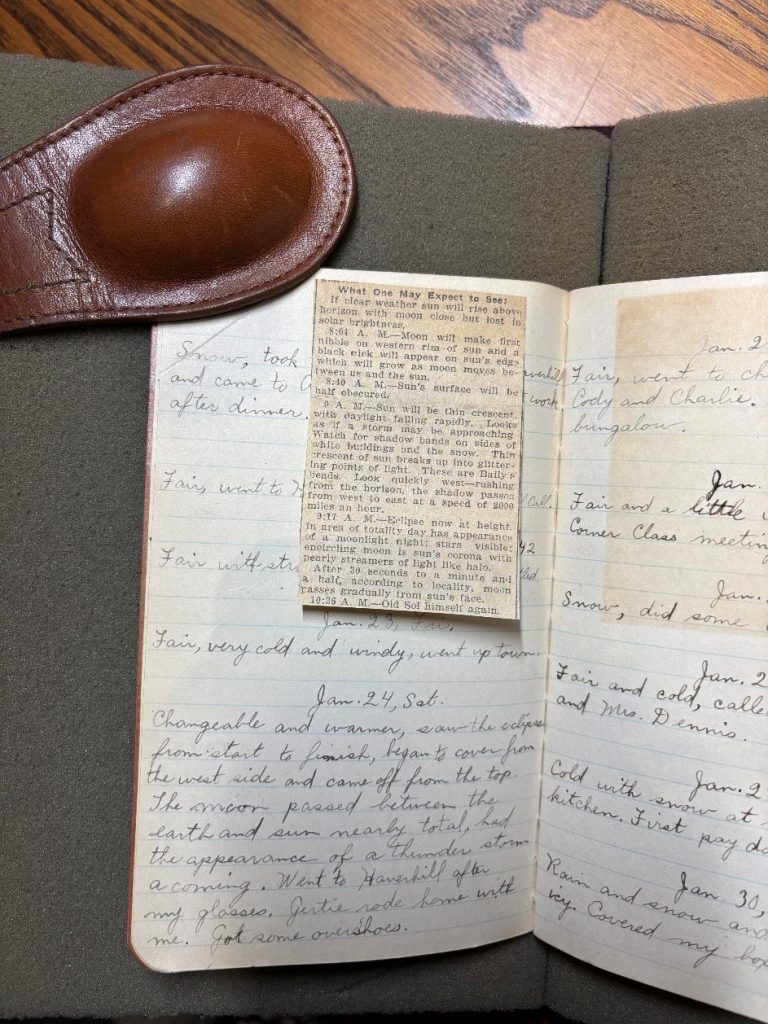
Jan. 20, Tues. Snow, took the 9.45 train for Haverhill and came to Amesbury and went to work after dinner.
Jan. 21, Wed. Fair, went to Haverhill to Rebekah Roll Call.
Jan 22, Thurs. 3.42 Fair with strong wind at night. Settled.
Jan. 23, Fri. Fair, very cold and windy, went up town.
Jan. 24, Sat. Changeable and warmer, saw the eclipse from start to finish, began to cover from the west side and came off from the top. The moon passed between the earth and sun nearly total, had the appearance of a thunder storm a coming. Went to Haverhill after my glasses. Gertie rode home with me. Got some overshoes.
Jan. 25, Sun. Fair, went to church and called on Cody and Charlie. They have a cute bungalow.
Jan. 26, Mon. Fair and a little warmer, went to Corner Class meeting at Mrs. Fiske.
Jan. 27, Tues. Snow, did some clearing up.
Jan. 28, Wed. Fair and cold, called on John and Mabel and Mrs. Dennis.
Jan. 29, Thurs. Cold with snow at night, cleaned up kitchen. First pay day.
Jan. 30, Fri. Rain and snow and then froze up, icy. Covered my box for grange.
Jan. 31, Sat. Fair and a little warmer, went up town on errands, read.
If you are interested in viewing the diary in person in our library or have other questions about the collection, please visit the library or contact a member of the library staff.
*Please note that this diary transcription is a rough-and-ready version, not an authoritative transcript. Researchers wishing to use the diary in the course of their own work should verify the version found here with the manuscript original.


